This pot is one of the ones I use most heavily. I got this for a song because its handle was glued back on, but the gluing job was obviously very well done and there’s been no problem. The lion is quite detailed. The pot is stamped “tiehuaxuan zhi”. Tiehuaxuan is the name of a company during the Republican period making yixing pots, specializing especially in smaller pots (lion or shuiping) that have calligraphy and carving on them, like this one. They also make whole sets including pitchers and cups, but those get expensive. The seal under the lid is “Jiangji” referring, probably, to the maker Jiang Anqing who is known for making lion pots. 115ml.
Entries from August 2016
Yixing inventory #8: Tiehuaxuan Jiangji
August 25, 2016 · 2 Comments
Categories: Objects
Tagged: teaware, yixing, Yixing Inventory
Yixing inventory #7: Gongju
August 23, 2016 · 3 Comments
Yes, another one. These seals are pretty common although they come in different shapes and sizes. 150ml.
Categories: Objects
Tagged: teaware, yixing, Yixing Inventory
Generalist vs specialist
August 21, 2016 · 12 Comments
Those of you who know Japan well will notice that many of the best restaurants only do one thing, but they do it really well. Whether it’s the world-famous Sukiyabashi Jiro, or Owari-ya, a 550 years old shop that specializes in soba, or your run of the mill noodle, snack, or confection shop around the streets, many of the best food places in Japan sell only one type of thing. If they have other items on the menu, they tend to be complimentary to the main dish – and not usually the reason people go. In comparison, you have these generalist restaurants like Ootoya. They do everything – nothing particularly well, but they will have whatever you fancy that day, usually for a reasonable price. They are obviously catering to a different market, but I think you can probably guess that they also represent differences in quality. The soba you will get at Owari-ya is going to be far, far better than whatever soba you can get at one of these generalist stores. That’s just how it is. Owari-ya isn’t going to be expensive either – the price for a bowl is about the same as everywhere else. Places like Jiro’s are expensive, but they also give you the best fish they could find you that day. You are, in other words, paying for world-beating sushi. Paying a premium for that is quite ok.
I think similarly, teashops tend to run in these two lanes too. There are lots of generalist stores – they sell a bit of everything, specializing in none. These have a purpose. If you’re the only shop in the area, then having something of everything is going to be useful to the local customers who may want whatever they fancy. You also want to be able to cater to the customer who is still new to tea drinking – especially for Western facing vendors who have a physical shop whose clientele might be quite inexperienced.
Then you have specialists – people who only do one or two things well. A case in point – at the recent Hong Kong tea fair I once again visited the booth of a local tea outfit that presses their own cakes every  year. They do a lot of single village teas. In fact, every year they press village teas from about two dozen different places, ranging from Yiwu to Daxueshan and everything in between. It’s actually quite impossible – they obviously need different teams of people to do the pressing, because a single person (or single group of people) can’t travel that fast and still be able to collect good teas along the way during a single harvest season. Their teas are expensive, and as usual, really not that great.
Then there’s another outfit here that spends about 6 weeks every spring and presses one cake from teas blended from around the Yiwu area. That’s all they do every year. The price of the tea is actually lower, but the quality far better and will age well into the future. I buy some from them every year, and am happy to do so year after year.
In general, I think if you specialize in one thing and you really spend time on it, you’re going to be good at it – Malcolm Gladwell already covered that, even if not everyone agrees with his thesis. With tea, you can easily why that is the case. Someone who spends weeks, or months, or years in the same region drinking the same teas every single year is going to know the teas really well, and is going to be able to identify the strengths and flaws of the year’s harvest in ways that most of us cannot discern. Producers like this, if they put their mind to it anyway, are going to be able to locate and produce better teas. Compared to generalists who may have to rely on other sources, these specialists are going to have far better products.
This is not to say the specialists are best at everything. One of the families I visited in Dong Ding is quite famous for having generations of prize winners. They know Dong Ding inside out. They know stuff about the tea we probably won’t really understand even if they tried to explain to us. They can sniff it during the roast and know whether it’s too hot, whether the tea needs to be distributed better, whether it’s time to finish up. Yet, during our conversation we talked about other teas, and I took out the bag of aged puerh I was carrying with me for drinking on my trip – some 12 years old puerh. They were very curious – they rarely drink puerh, and know next to nothing about it. We tried it then and there. They could, of course, tell me if the tea is good/ok/bad, but aside from that, it’s all very new and they can’t tell you much more than that. In fact, the people who press cakes in Yiwu every year are the same way even with teas from places like Lincang – they don’t drink a whole lot of, say, Bingdao teas, and can give accurate, general assessments, but nothing more than that.
Consumers also fall into these two categories. Some of us are generalists – we drink everything and try everything. At the same time, however, most of us end up specializing in something, just like producers and vendors. A vendor might stock some of everything, but has a particularly wide selection of one type of tea because, well, that’s where their strength is. Tea Habitat, for example, is one of these, focusing on dancong even though they do have some of the other types. Drinkers also tend to gravitate towards certain tea types – whether through experience or preference. It’s human nature to do focus more on what you like or find interesting, and ignore what you dislike or find uninteresting. Matching the right vendor with your particular interests is a pretty important component of finding one’s tea happiness.
Knowing one’s own limitation is quite important here – in other words, knowing what you know and what you don’t know. We all only have so much time and ability. As I’ve said before – there are only so many ten years in one’s drinking life. Best not waste it.
Garage sale
August 17, 2016 · 2 Comments
As I mentioned earlier, I’m in the process of sorting my teaware, and am also looking to let go of some of the stuff I’ve collected over the years that I don’t want to keep anymore. It’s going to be listed on the page titled “Garage sale” you see at the navigation bar. The contents of that page will be updated as I find new things or as they find better homes.
Yixing inventory #6: Gongju
August 16, 2016 · Leave a Comment
The “gongju” mark is another one of these generic marks that supposedly mean something at some point, but is used so often it’s meaningless. The earliest ones are supposed to be made for imperial purposes starting in the Ming or the early Qing, but obviously most are much later. 130 ml.
Categories: Objects
Tagged: teaware, yixing, Yixing Inventory
Yixing inventory #5: “Red clay teapot”, no marks
August 13, 2016 · 1 Comment
The Japanese call all red clays “zhuni” but it really just means something red, not the specific type of clay that Chinese call zhuni. This pot is one of the types that I’m a real sucker for – pots that show you some sign of its construction. The box says “red clay teapot”. No marks. 150ml.
Categories: Objects
Tagged: teaware, yixing, Yixing Inventory
Yixing inventory #4: Changxi
August 10, 2016 · 4 Comments
Seals can have some pretty creative types that make them hard to read. This one is one such case. It’s hard to make out what the seal says, so my best guess is chenxi, but it could really be other things. EDIT: Someone who knows this stuff better than I do claims it’s changxi. To call this lid loose is being generous – it’s practically falling off. It comes in a nice wooden box. The words on it says “cannon spout” “white clay kyusu”. The box is from Japan but the pot I believe is a yixing. 135ml.
Categories: Objects
Tagged: teaware, yixing, Yixing Inventory
Yixing inventory #3: Zongyuan (SÅgen?) jingzhi
August 8, 2016 · 3 Comments
Technically this probably isn’t a yixing at all. This is a pot made in the style of yixing teapots with an interesting white/gray coloured clay. The construction suggests that it’s probably wheel thrown with a clay that was considerably more liquid than typical yixing clay before firing. It’s probably a good example of karamono – literally “Chinese things” but in reality often just wares made in the Chinese style. The mark is “SÅgen seisei” if read in Japanese or “Zongyuan jingzhi” in Chinese. I couldn’t find any info on the name other than in an auction catalogue from Fukuoka in 2014 that also lists a pot with the same mark and white clay. No pictures there though. 135ml.
Categories: Objects
Tagged: teaware, yixing, Yixing Inventory
Yixing inventory #2: Mengchen Changji
August 7, 2016 · 3 Comments
This is one of those pots with a carved line of poetry on the bottom. The seal under the handle is also “Changji” and the line roughly translates to “Fullness of fragrance within” with the two extra characters being the name Mengchen, which is often the name used for pots even though none of them are ever really made by the famous maker of the same name. Also bears the seal “shuiping” under the lid. Thin walls. 85 ml.
Categories: Objects
Tagged: teaware, yixing, Yixing Inventory
Yixing inventory #1: Shaojinyouji changji
August 1, 2016 · 2 Comments
I need to start taking inventory of my teapots, because it’s gotten a little out of control and am preparing to move again in less than a year. Instead of doing it privately, perhaps I can post them here one by one. Before anyone asks, no, these things in my inventory are not going to be for sale. I am planning on selling some excess teaware that I no longer use – mostly gaiwan, cups, Japanese kyusus, that sort of thing. That will appear later as I try to gather and sort them.
Anyway, in no particular order. This is 135ml to the brim, stamped with “shuiping” under the lid, “changji” under the handle, and “Shaojinyouji” under the base.
Categories: Objects
Tagged: teaware, yixing, Yixing Inventory


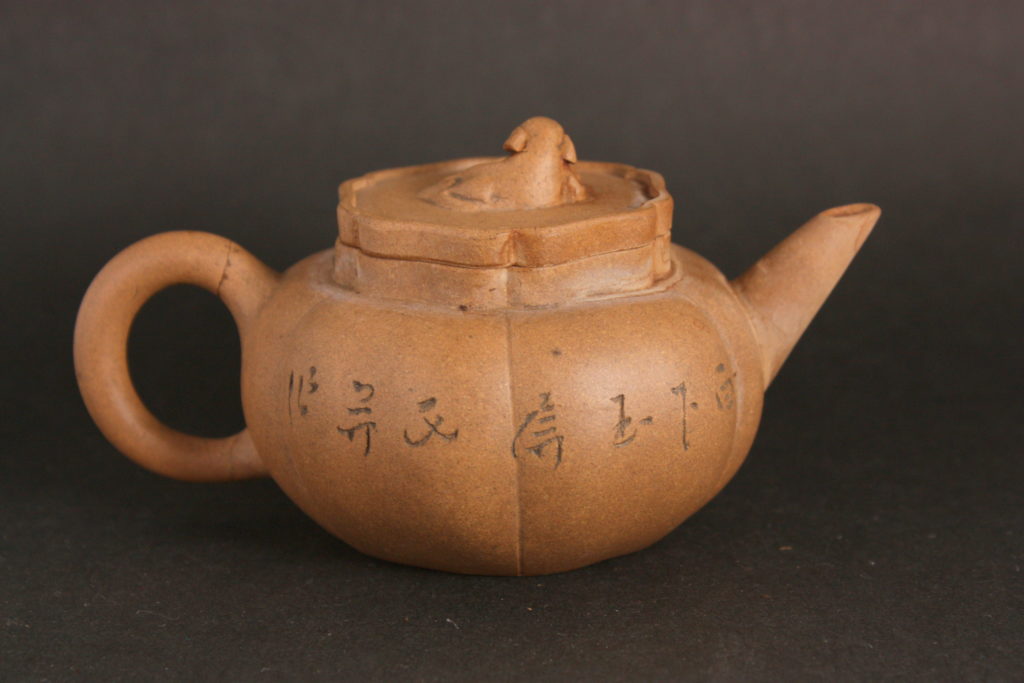
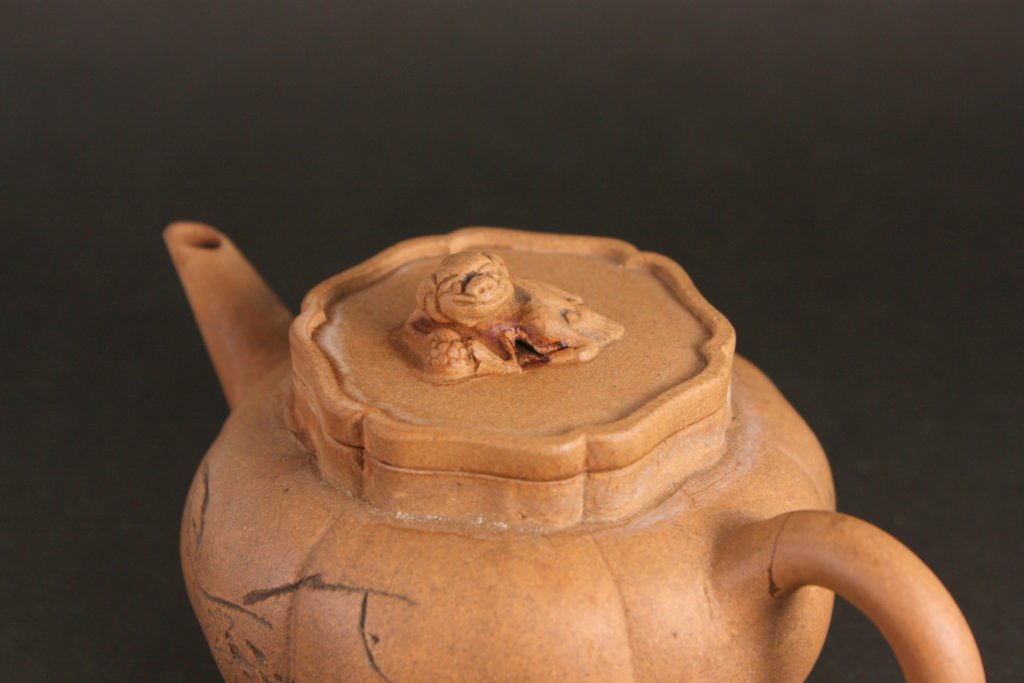
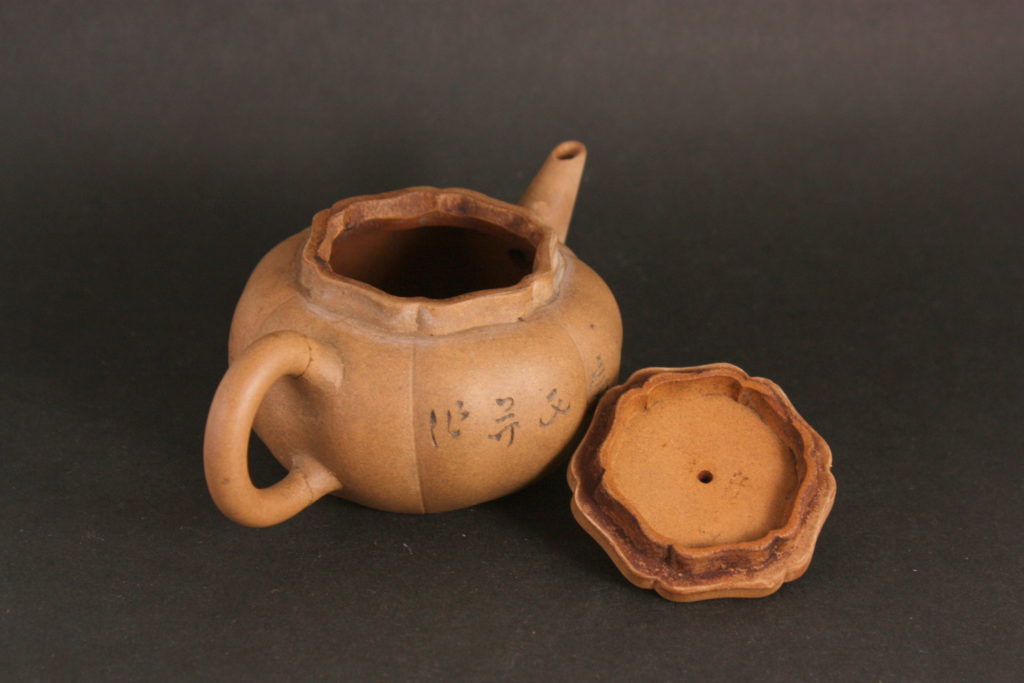
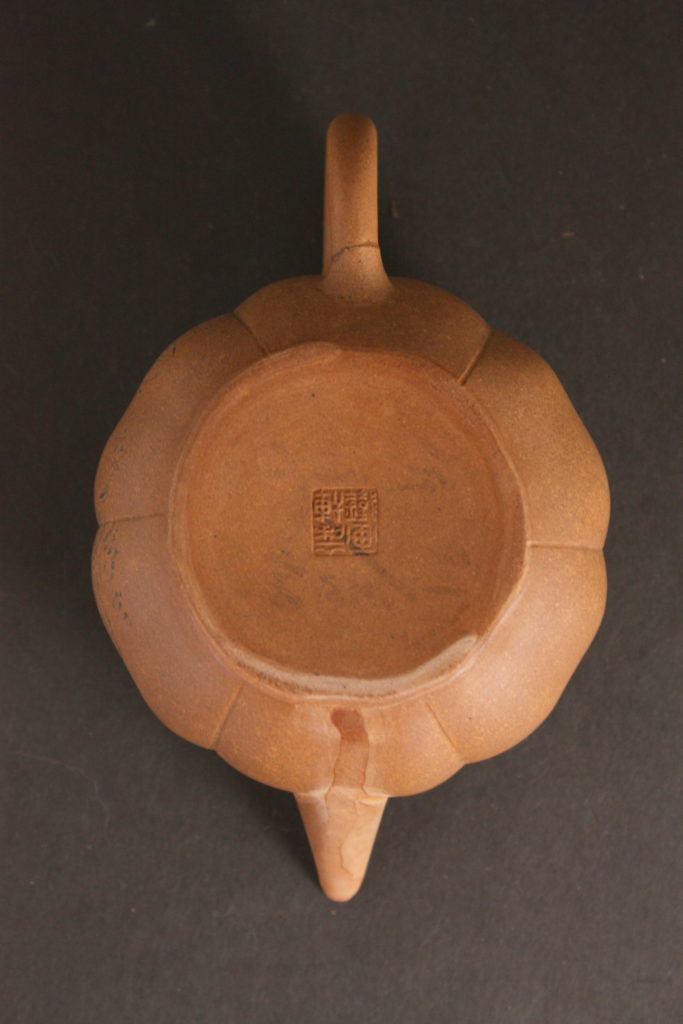


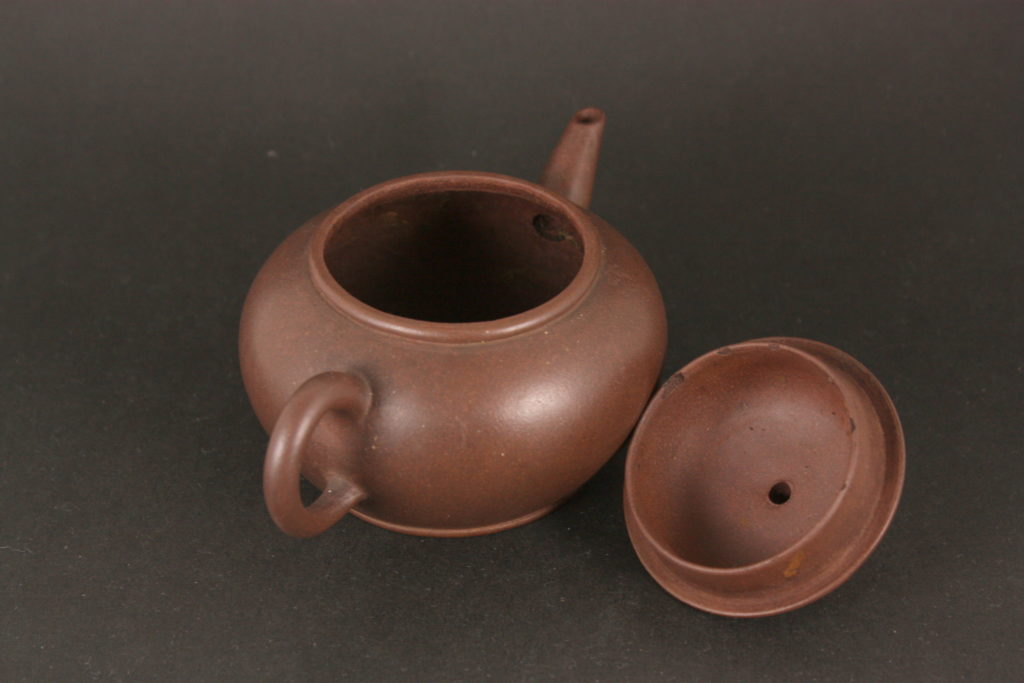





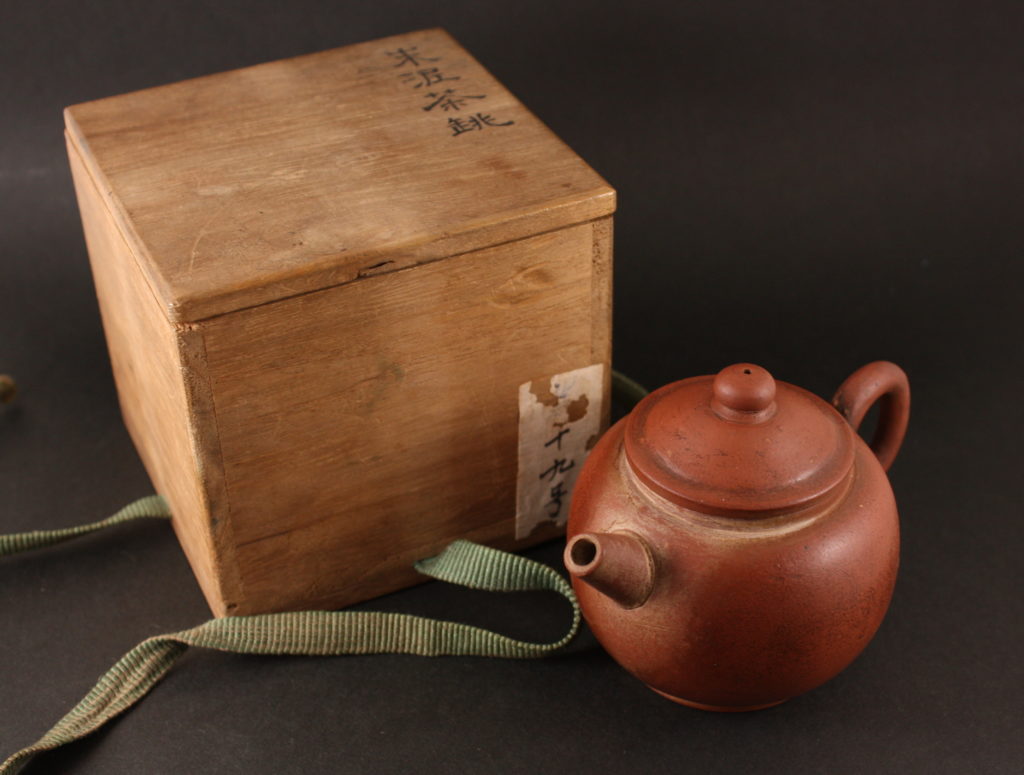
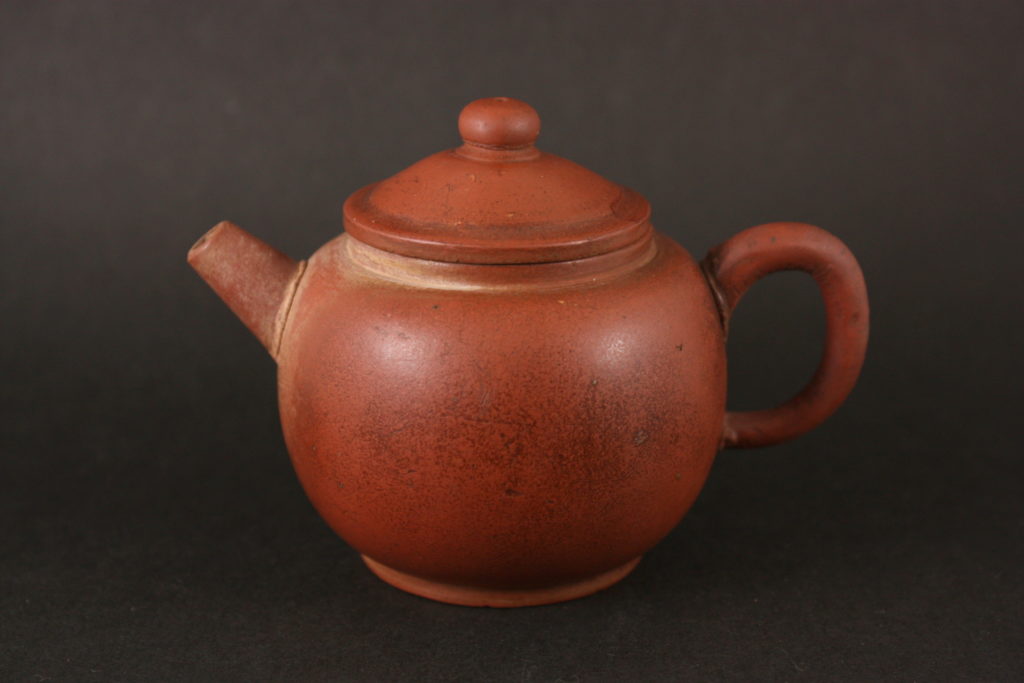


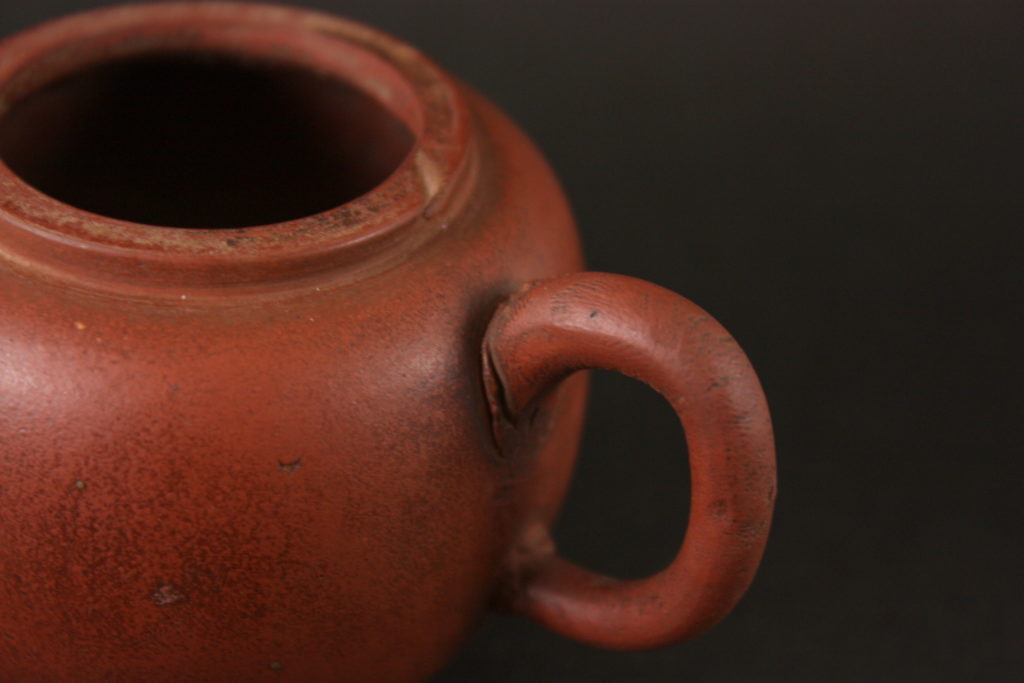
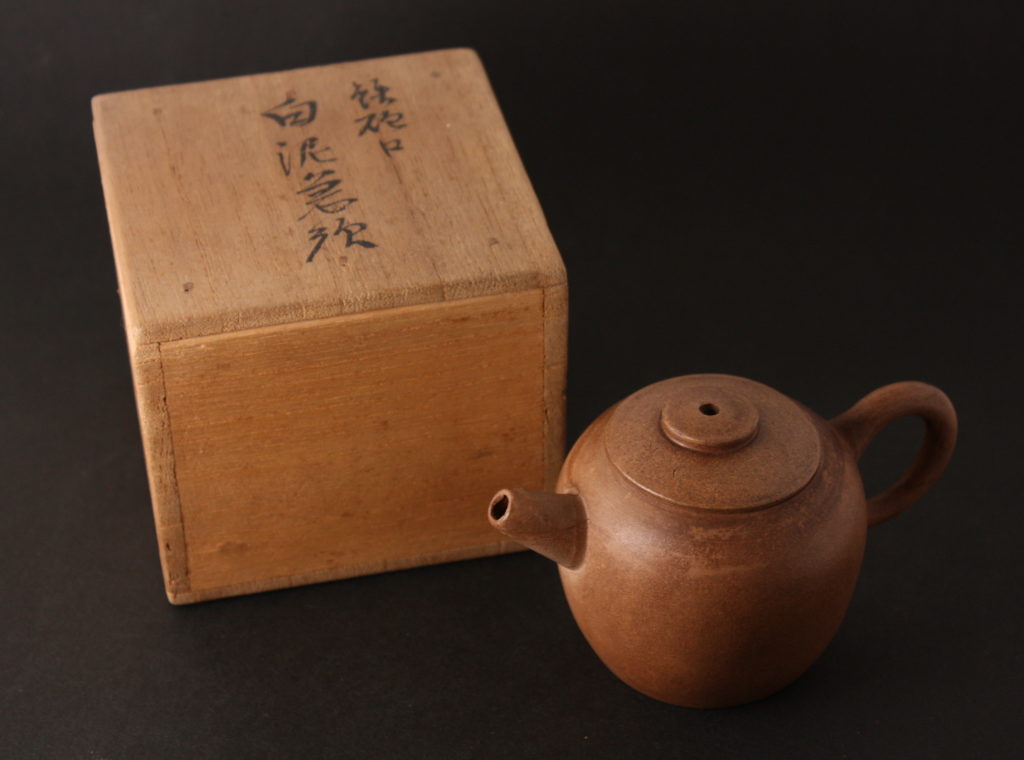
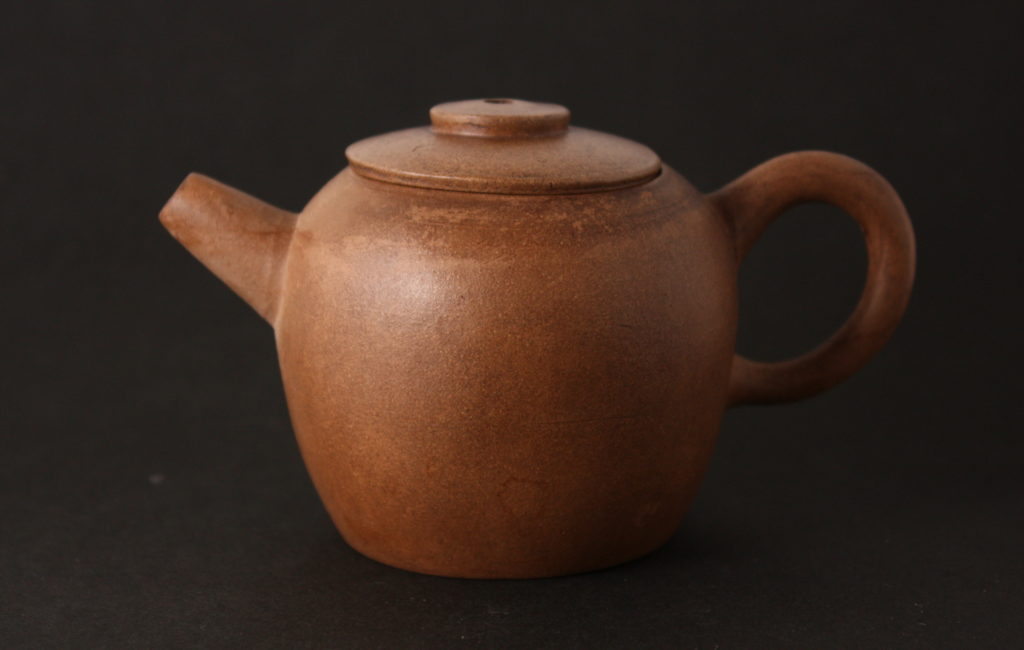
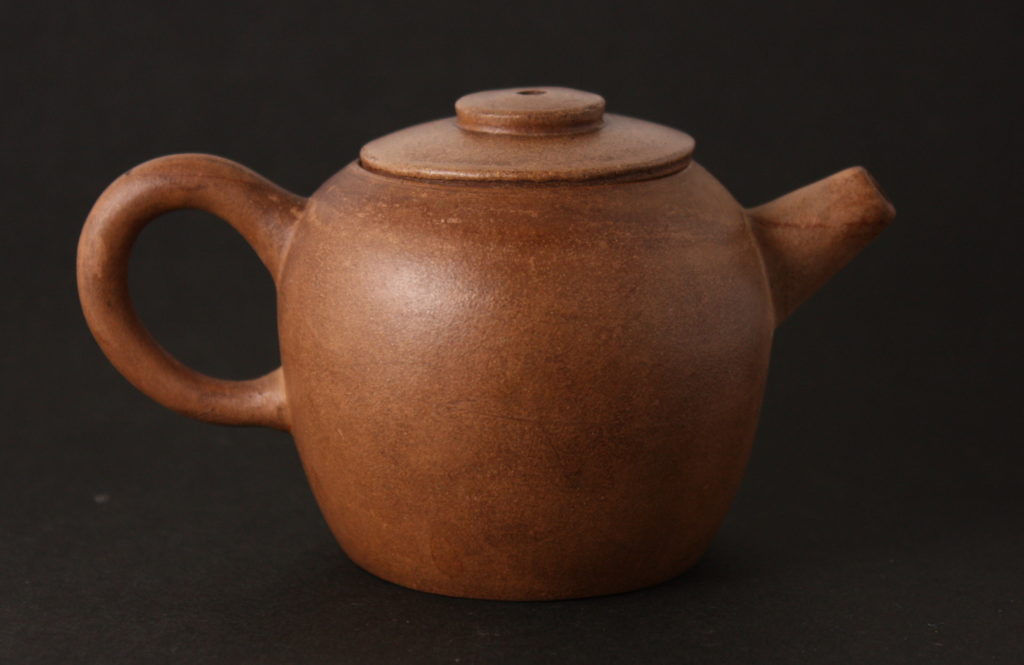









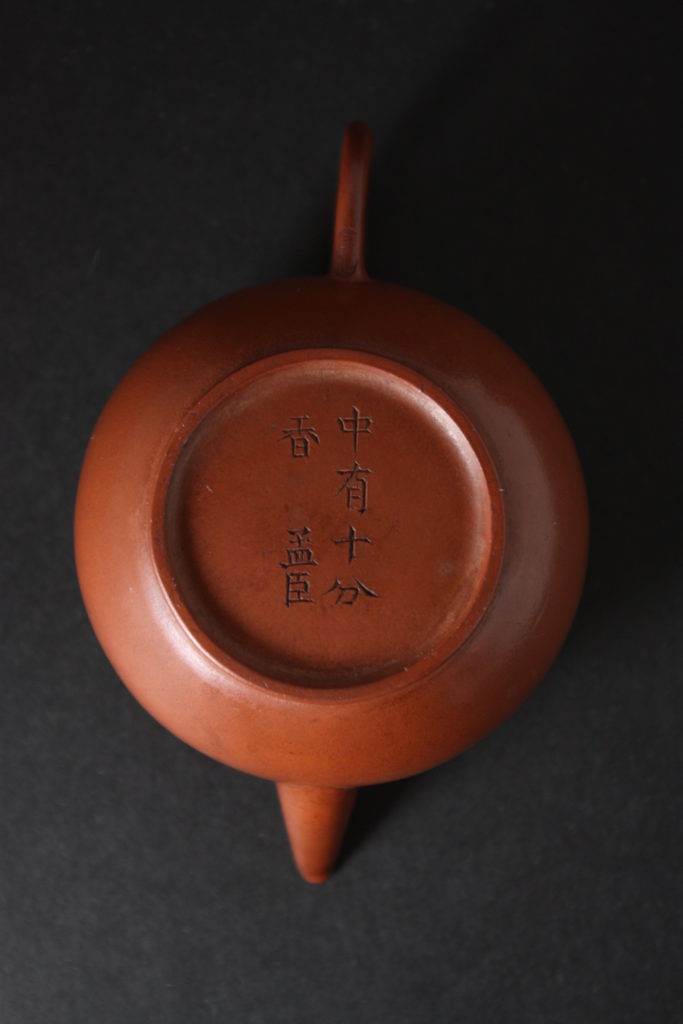

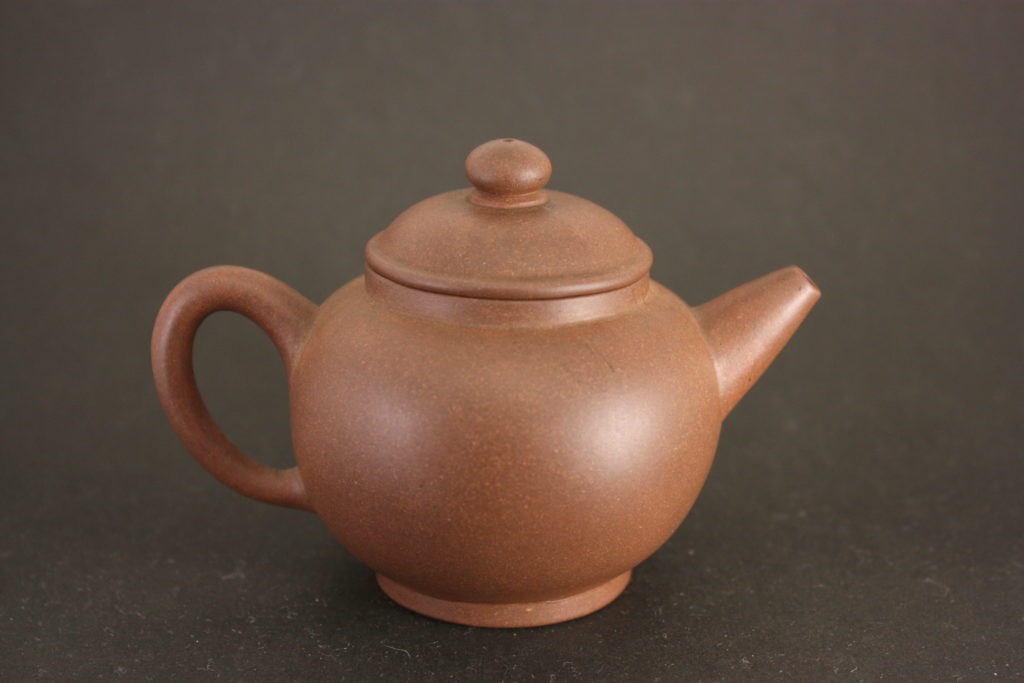
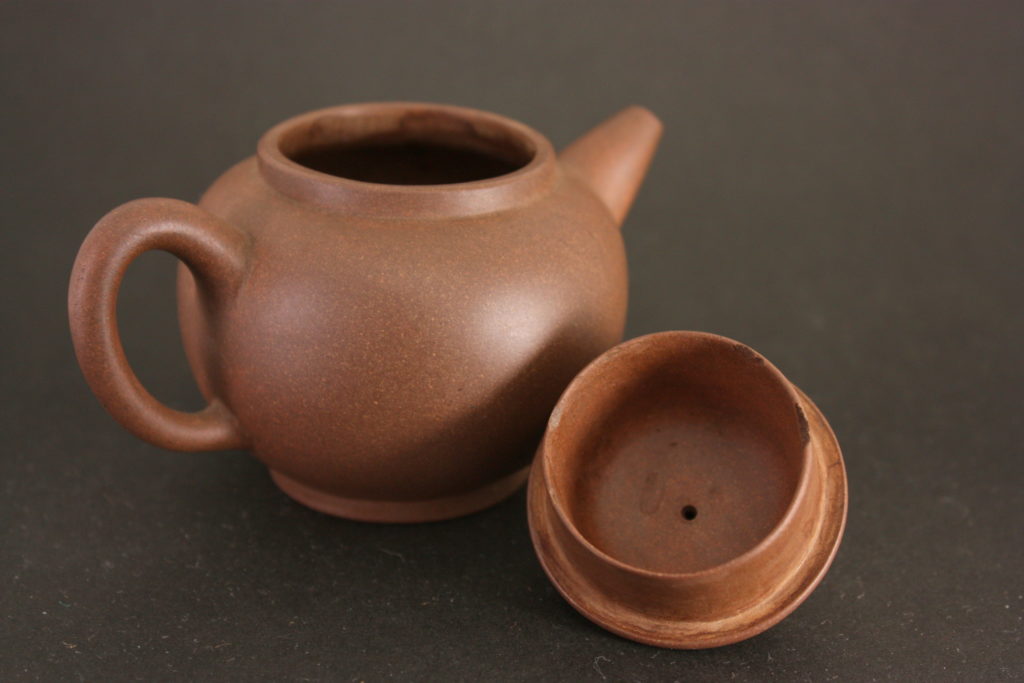
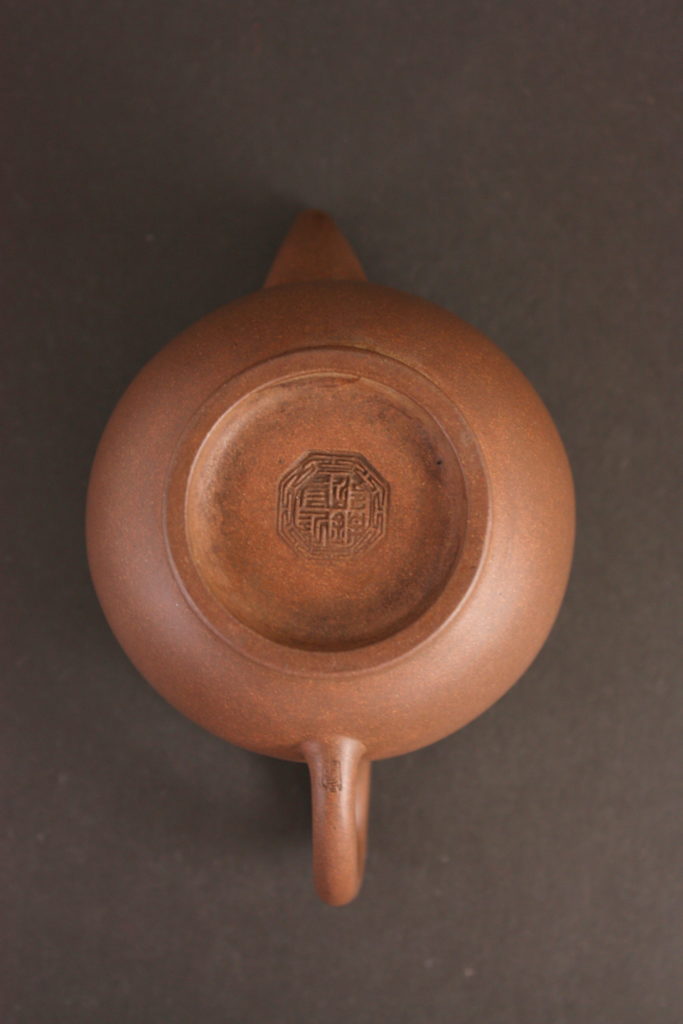
 RSS - Posts
RSS - Posts
I took you at your suggestion and have been reading some of your old post-Covid posts. I haven’t been to…